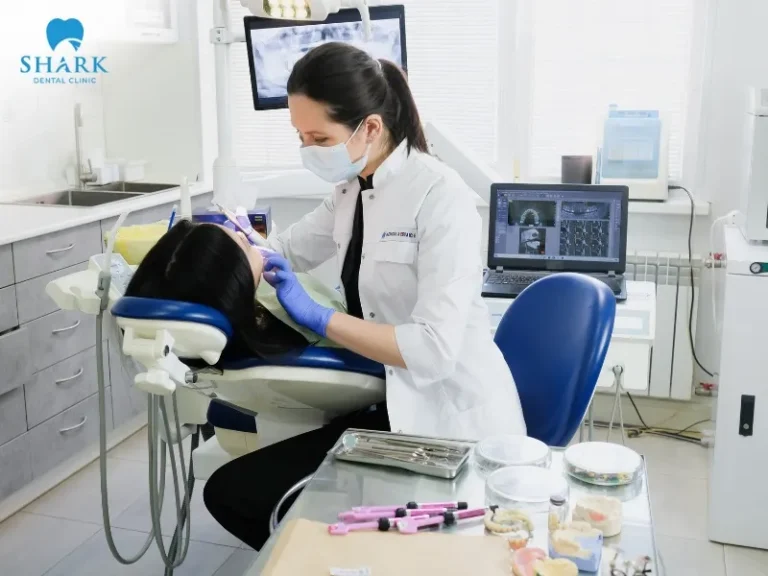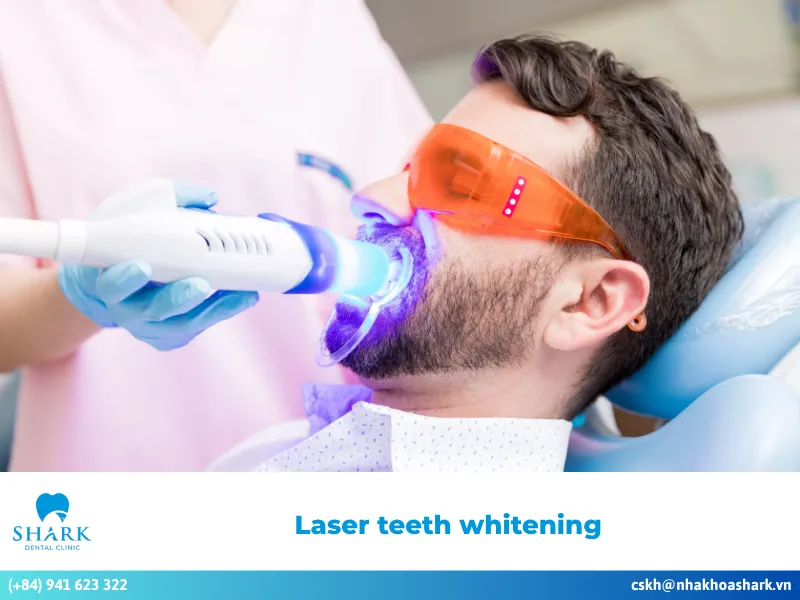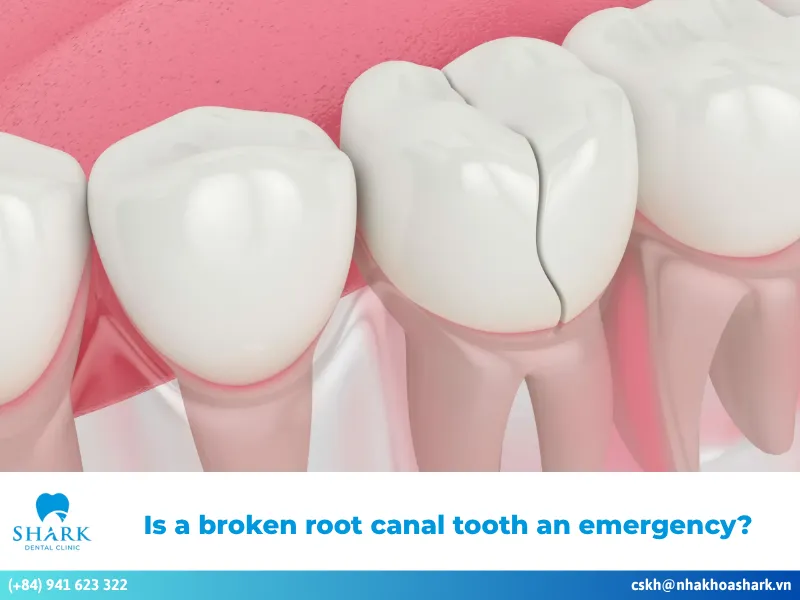Dental implants are highly regarded for their durability and natural appearance, making them a trusted solution for tooth restoration. However, in some cases, the implant crown may become loose due to various factors. In this article, we will explore the common symptoms of a loose dental implant crown and effective ways to address the issue!
Symptoms of loose dental implant crowns you should be aware of
After receiving a dental implant restoration, you may notice a loose implant crown or other unusual issues. Here are key symptoms to look out for:
- Pain at the implant site: If you experience severe or persistent pain when chewing, biting, or talking after your dental implant, and the discomfort does not subside, this may indicate that the implant crown has become loose.
- Implant movement: Dental implant posts are designed to be durable and stable. However, if you notice that the implant post has shifted from its original position over time, it could mean the crown is loose and needs attention.
- Swollen gums around the implant: Swelling, redness, soreness, or bleeding around the implant area may be warning signs of infection and could indicate that the implant crown is loose.
- Pus around the gums: A loose implant crown may result in severe infection, leading to pus around the gums. This pus is often white and foul-smelling, and you may experience bleeding while brushing.
- Bad breath: Bacterial buildup around a loose implant post can cause inflammation and persistent bad breath, signaling a potential issue with the implant crown.
- Gum recession: In some cases, a loose implant crown can cause the gum to recede, exposing the implant post. This not only affects aesthetics but also increases the risk of tooth decay and gum disease, allowing bacteria to penetrate deeper and jeopardize your overall oral health.

In general, symptoms of loose dental implant crowns are often visible and recognizable. Early detection can help prevent widespread infection and protect your overall oral health.
Causes of loose dental implants
Many patients may experience a loose dental implant after treatment. The main causes include:
- Fractured implant crown: Trauma, impacts, or biting on hard objects can crack or break the implant crown. If not addressed promptly, the crown may loosen, and, in severe cases, the implant post may dislodge.
- Loose abutment connection: If the abutment, which connects the crown to the implant post, is not securely fastened, chewing or biting may cause the crown to become loose, affecting the overall restoration.
- Broken implant screw: The screw connecting the implant post to the crown can break due to excessive bite force or poor-quality materials. A broken screw weakens the bond between the implant and the crown, leading to looseness.
- Incomplete osseointegration: Patients are typically advised to wait 1–3 months for the implant post to fully integrate with the jawbone. If the crown is placed before this process is complete, the implant may have reduced stability, causing the crown to loosen over time.
- Oral hygiene habits: Maintaining proper daily oral hygiene is crucial after implant placement. Poor brushing practices, aggressive brushing, or neglect can damage the gums, encourage bacterial growth, and lead to severe infections that compromise the implant’s stability.

- Gum Inflammation: If gum disease is not completely treated before the implant is placed, it can hinder the implant post’s ability to properly anchor to the jawbone. This makes it susceptible to loosening during chewing. Additionally, bacteria may enter the area, causing symptoms such as swelling, redness, and gum recession.
- Incorrect Implant Technique: Mistakes during the implant placement or crown attachment process can prevent the implant from enduring normal chewing forces, resulting in looseness over time.
- Jawbone Resorption: Weak or deteriorating jawbone, due to factors such as low-quality implant materials or natural aging, can cause the implant post to loosen. This issue is especially common in elderly patients or those with poor oral health.
- Poor Habits: Certain habits, such as chewing hard foods, teeth grinding, or nail-biting, can exert excessive pressure on the implant post, gradually causing it to move and become loose.

At a reputable dental clinic, dentists will carefully examine the implant site to identify the cause of the looseness and recommend the most effective and safe solutions.
How to fix a loose dental implant crown
A loose dental implant crown can be concerning and uncomfortable for patients. Depending on the cause and severity of the issue, dentists may suggest the following solutions:
- Adjusting the Abutment: If the looseness stems from a loose connection, the abutment can be tightened or replaced entirely if it is damaged.
- Replacing the Crown: If the implant crown is cracked or broken, the dentist will remove the damaged crown and place a new one to restore both aesthetics and normal chewing and speaking function.
- Replacing the Implant Post: If the implant post has not integrated properly with the jawbone, it may need to be replaced. The old post will be removed using specialized equipment, and a new implant will be placed to ensure proper restoration and safety for oral health.
- Treating Infection: If an infection is the cause of the looseness, the dentist will thoroughly clean the gum area and address the infection. Severe infections may require antibiotics, anti-inflammatory medication, or minor surgery to remove inflamed tissue.
- Oral Care and Tissue Regeneration: In cases where looseness is due to insufficient bone structure, bone grafts or tissue regeneration may be necessary. Patients must also maintain proper oral hygiene and carefully follow the dentist’s instructions.
Furthermore, patients should schedule regular check-ups every 3 to 6 months after implant placement. These follow-ups allow the dentist to monitor the implant, identify any early issues, and provide timely treatment if any abnormalities arise.

- See more: 8 Trusted and high-quality dental implant center in Ho Chi Minh, Vietnam
Readers should now be aware of the symptoms of a loose dental implant crown, the specific causes, and effective methods to address them. Early detection of unusual signs and accurate identification of the underlying cause are crucial for protecting your oral health, especially after dental restoration. It’s important to maintain proper oral hygiene and attend regular check-ups to keep your teeth strong, healthy, and beautifully aligned!










